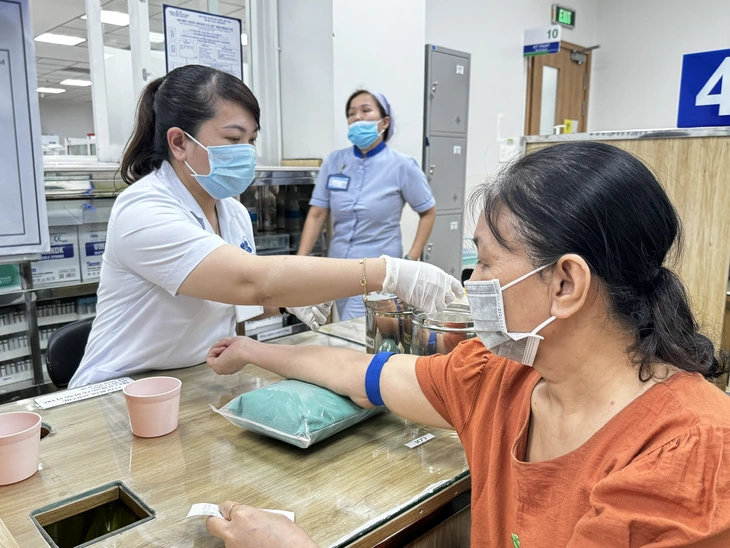
Osteoporosis is one of the causes of bone fractures in the elderly, leading to pressure on the health system - Photo: THU HIEN
On June 30, the Ho Chi Minh City Center for Disease Control (HCDC) said that osteoporosis is a silent but dangerous disease, especially common in people aged 50 and over.
The medical burden caused by osteoporosis
According to statistics from the International Osteoporosis Foundation (IOF), osteoporosis affects about 500 million people worldwide, of which 21.2% of women and 6.4% of men aged 50 and over have the disease.
Osteoporosis is not only a global problem but is also particularly worrying in rapidly aging countries and cities such as Ho Chi Minh City - where there are currently more than 1.5 million elderly people, accounting for about 16% of the population.
Osteoporosis is the leading cause of fractures, reduced mobility and poor quality of life in older adults, according to the HCDC.
With the rapid aging of the population in Ho Chi Minh City, proactively preventing osteoporosis early through a proper diet and healthy lifestyle is becoming an urgent concern.
What to eat to prevent osteoporosis?
MSc. Dr. Pham Ngoc Oanh - Head of the Department of Nutrition for Non-Communicable Diseases, Ho Chi Minh City Center for Disease Control - said that a scientific nutritional regimen not only helps maintain health but also plays an important role in preventing and supporting the treatment of osteoporosis.
Especially for the elderly or people at risk of musculoskeletal diseases, adequate supplementation of essential nutrients is extremely important to keep bones strong.
According to Dr. Oanh, calcium is an essential mineral that forms the structure of bones and teeth, helps maintain stable bone density, prevents osteoporosis and participates in other important functions of the body.
Natural sources of calcium can be found in foods such as milk, dairy products (cheese, yogurt), shrimp, crab, fish and green vegetables such as amaranth, Malabar spinach, celery...
In addition, magnesium and phosphorus are two important minerals that help bones develop and maintain a strong structure. These two substances are found in most foods, and are abundant in beans, cereals, milk, eggs, beef, chicken, etc.
Vitamin D helps increase the absorption of calcium and phosphorus through the digestive tract and reduces excretion through the kidneys. Vitamin D is mainly synthesized by the body from sunlight and can be supplemented through foods such as milk, egg yolks, cod liver oil, etc.
In addition, vitamin K helps bind calcium to bones and participates in blood clotting. Foods rich in vitamin K are mainly dark green leafy vegetables such as spinach, bok choy, kale and broccoli, eggs, meat, oils such as soybean oil, sunflower oil, grape seed oil.
Protein is an essential component that helps build muscle, protect the skeleton, and help reduce bone fractures due to muscle loss in the elderly. Protein is abundant in meat, fish, eggs, milk, and beans...
Every year, there are 37 million osteoporosis-related fractures in people over the age of 55 worldwide – that’s about 70 every minute. It’s estimated that one-third of women and one-fifth of men over the age of 50 will experience at least one osteoporosis-related fracture.
Quit the habit of eating salty foods and smoking to prevent osteoporosis.
HCDC recommends giving up habits such as eating salty foods, smoking, or being sedentary, which can silently reduce bone density over time.
When eating salty foods, the body consumes too much salt, which increases calcium excretion through urine, reducing the amount of calcium stored in bones. The World Health Organization recommends that each person should only eat less than 5g of salt per day.
Smoking affects calcium absorption, inhibits the activity of bone-forming cells and reduces bone density, leading to an increased risk of osteoporosis.
Lack of physical activity weakens muscles and bone density, reduces muscle mass, and increases the risk of osteoporosis and falls in older adults.
Regular exercise of at least 30 minutes a day, 5 days a week at moderate intensity and depending on your health condition will help improve bone density and reduce the risk of osteoporosis.
Source: https://tuoitre.vn/thoi-quen-an-man-luoi-van-dong-thu-pham-am-tham-gay-loang-xuong-20250630215706744.htm



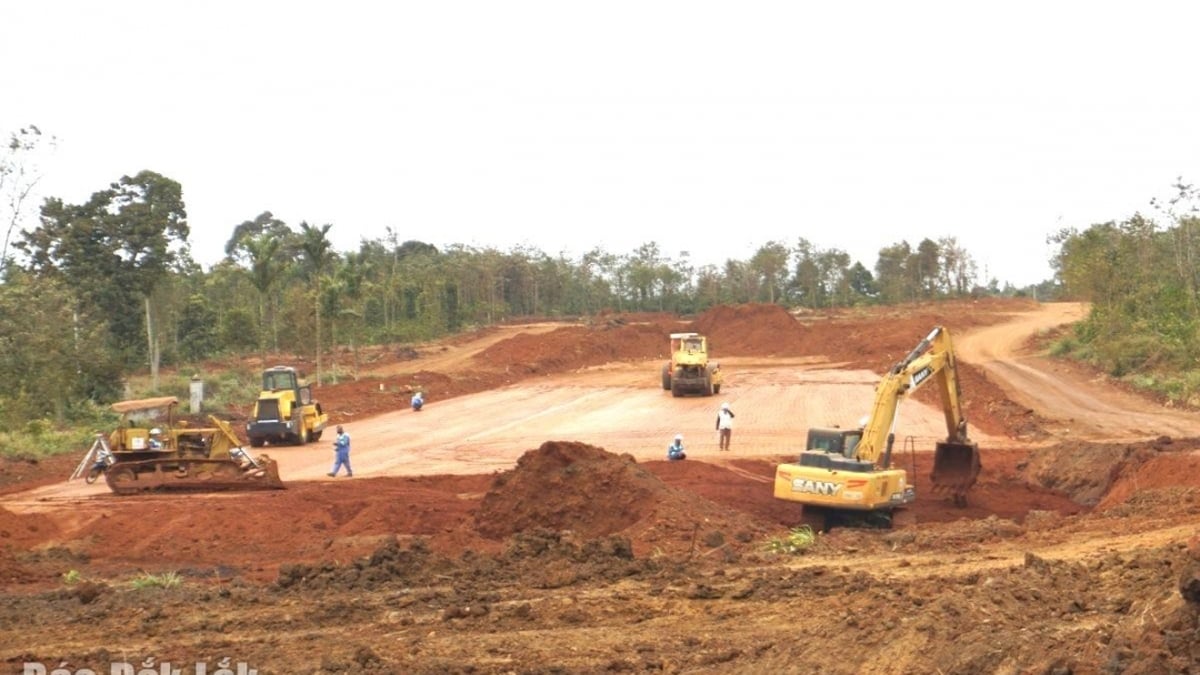





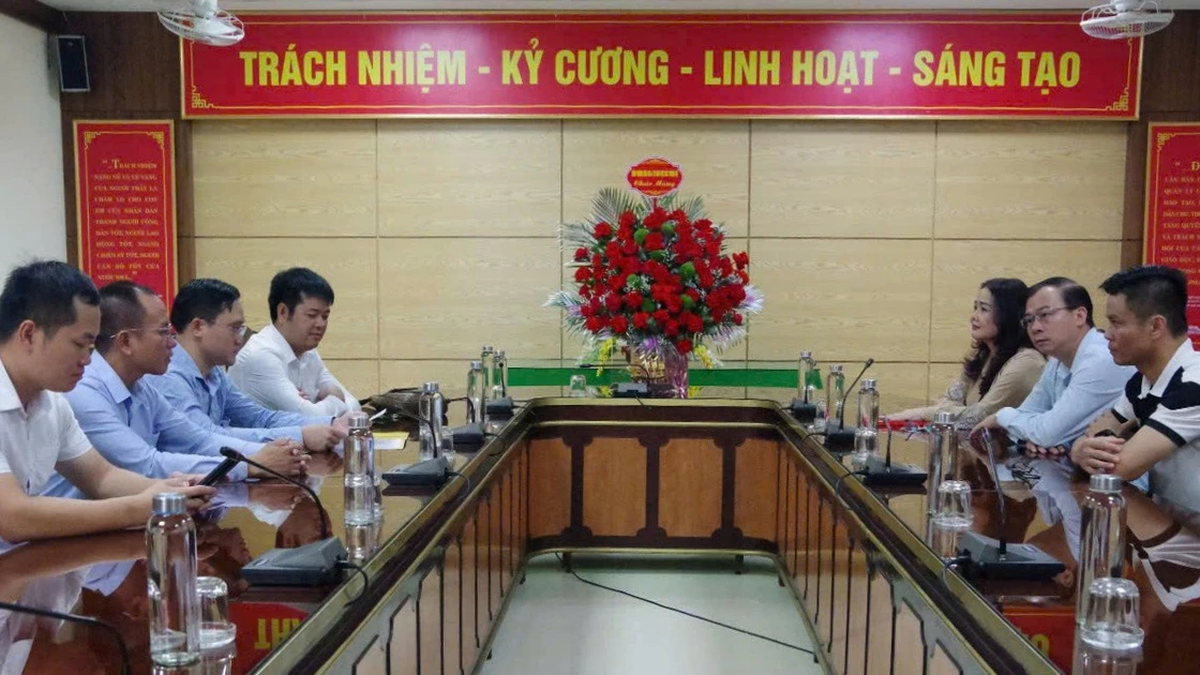
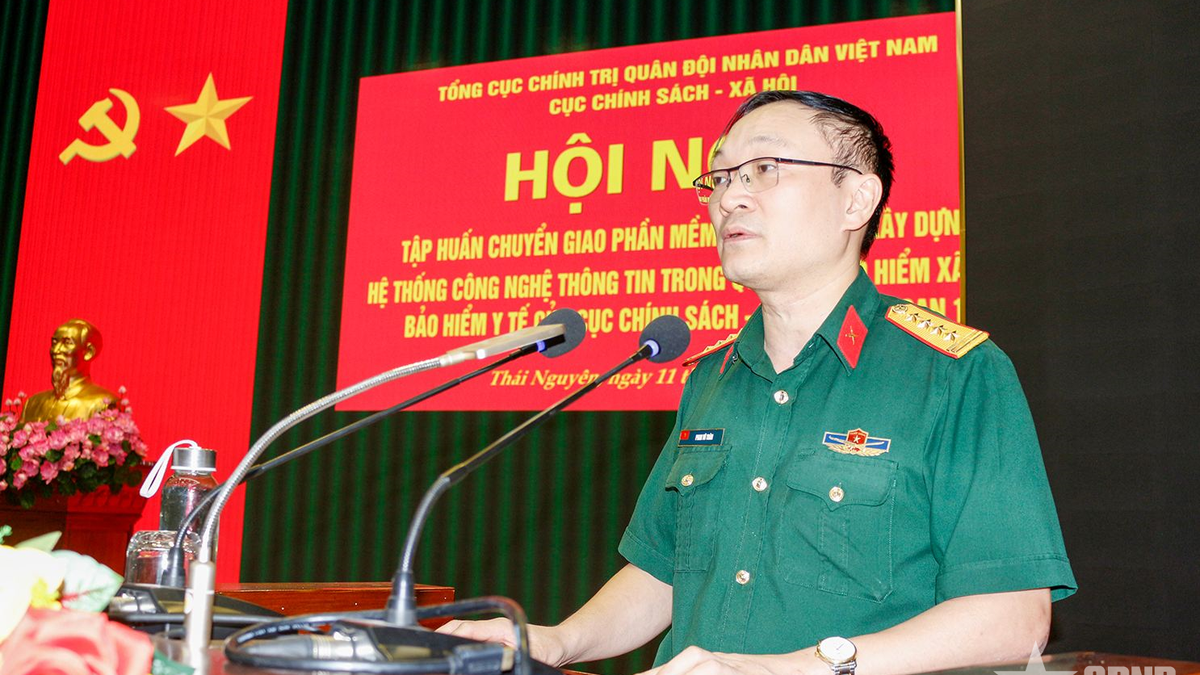













![[Photo] Gia Lai provincial leaders offer flowers at Uncle Ho's Monument with the ethnic groups of the Central Highlands](https://vphoto.vietnam.vn/thumb/1200x675/vietnam/resource/IMAGE/2025/7/9/196438801da24b3cb6158d0501984818)
















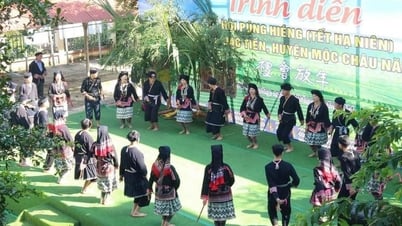




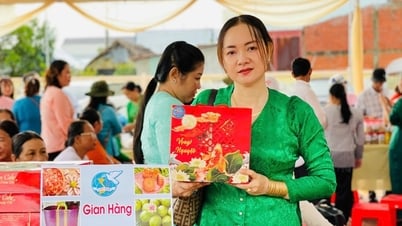



























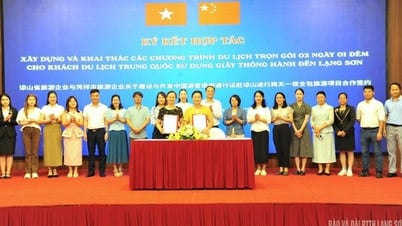

















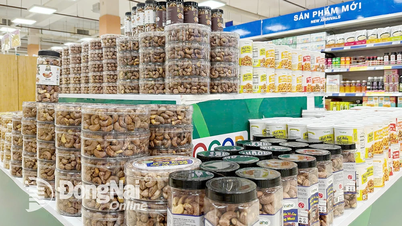






Comment (0)